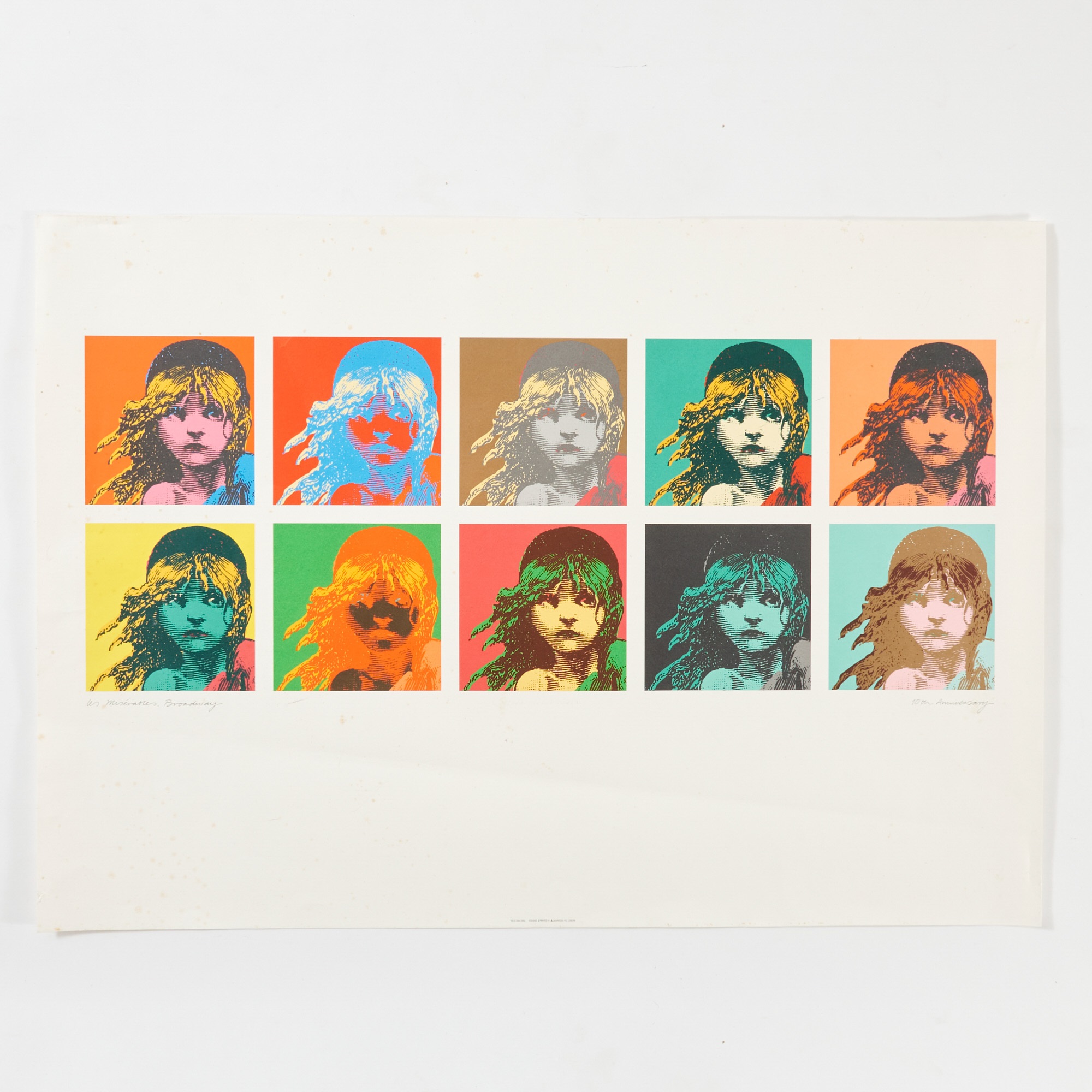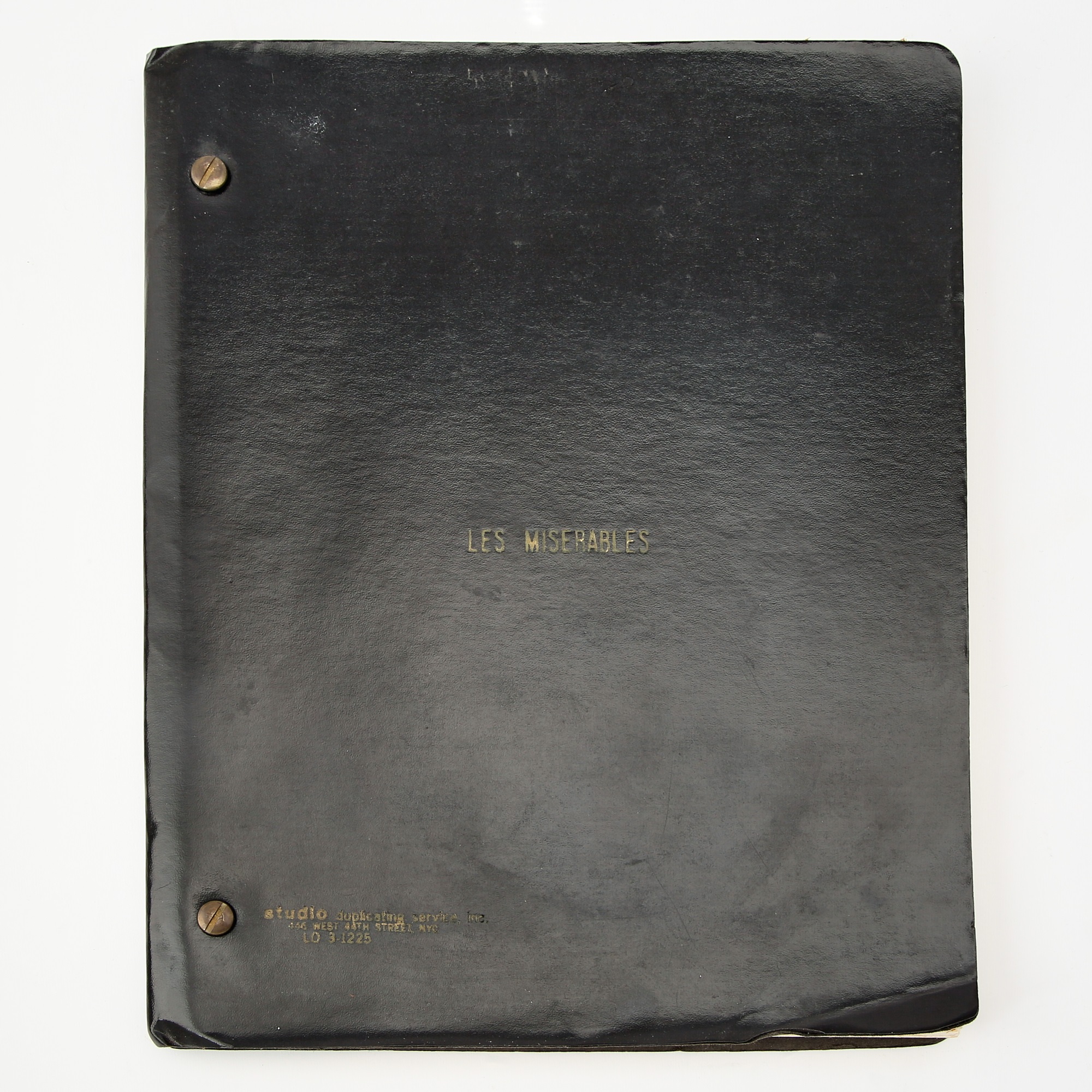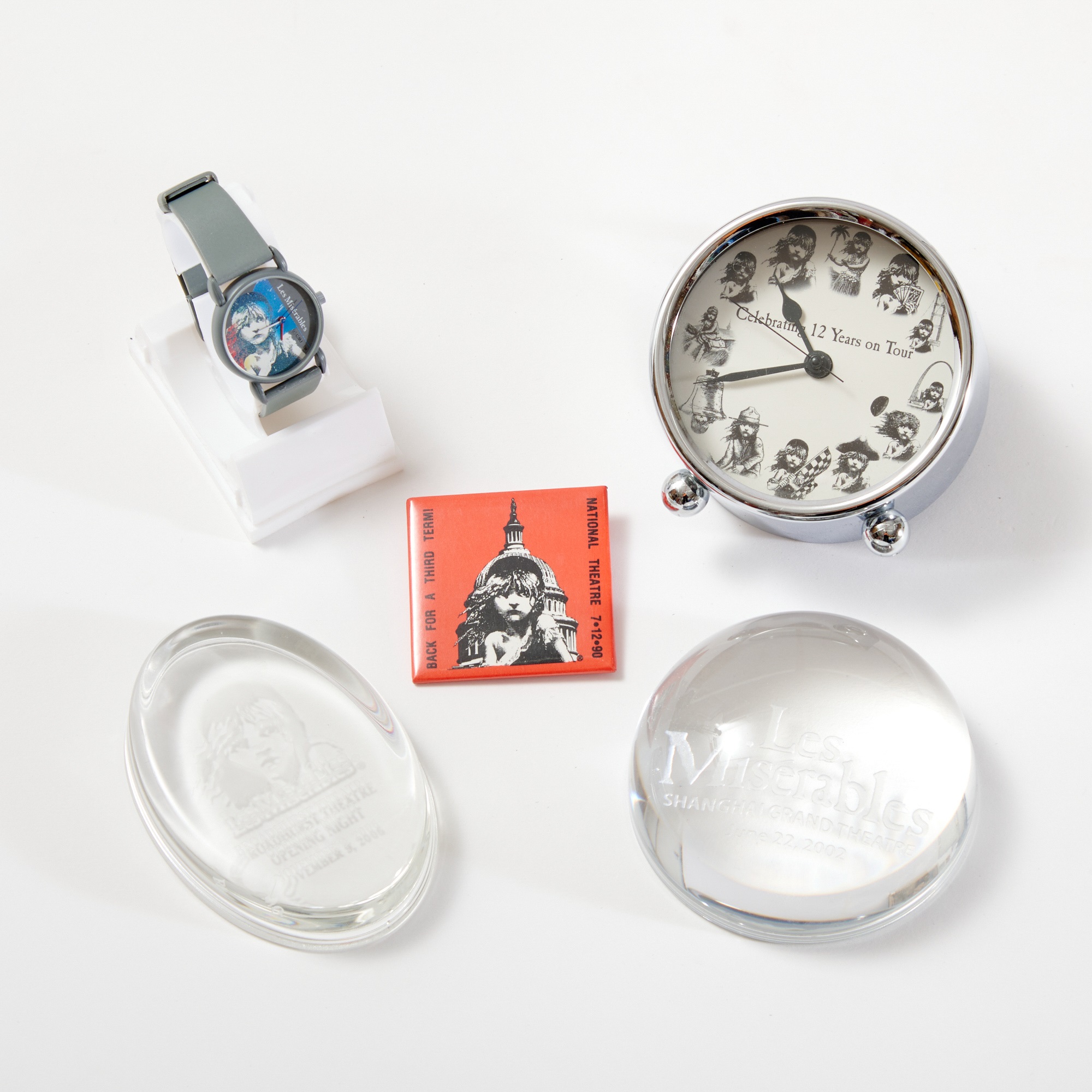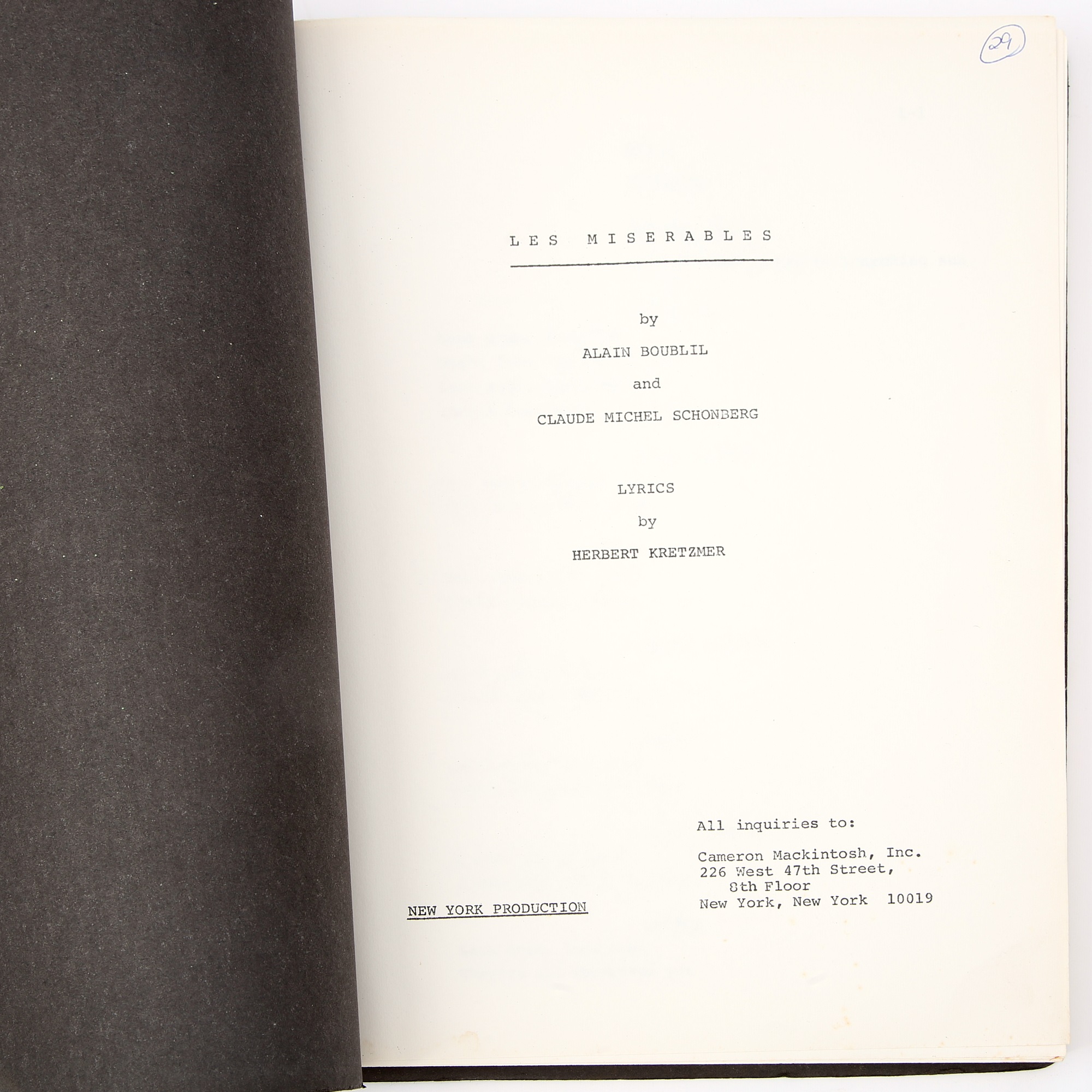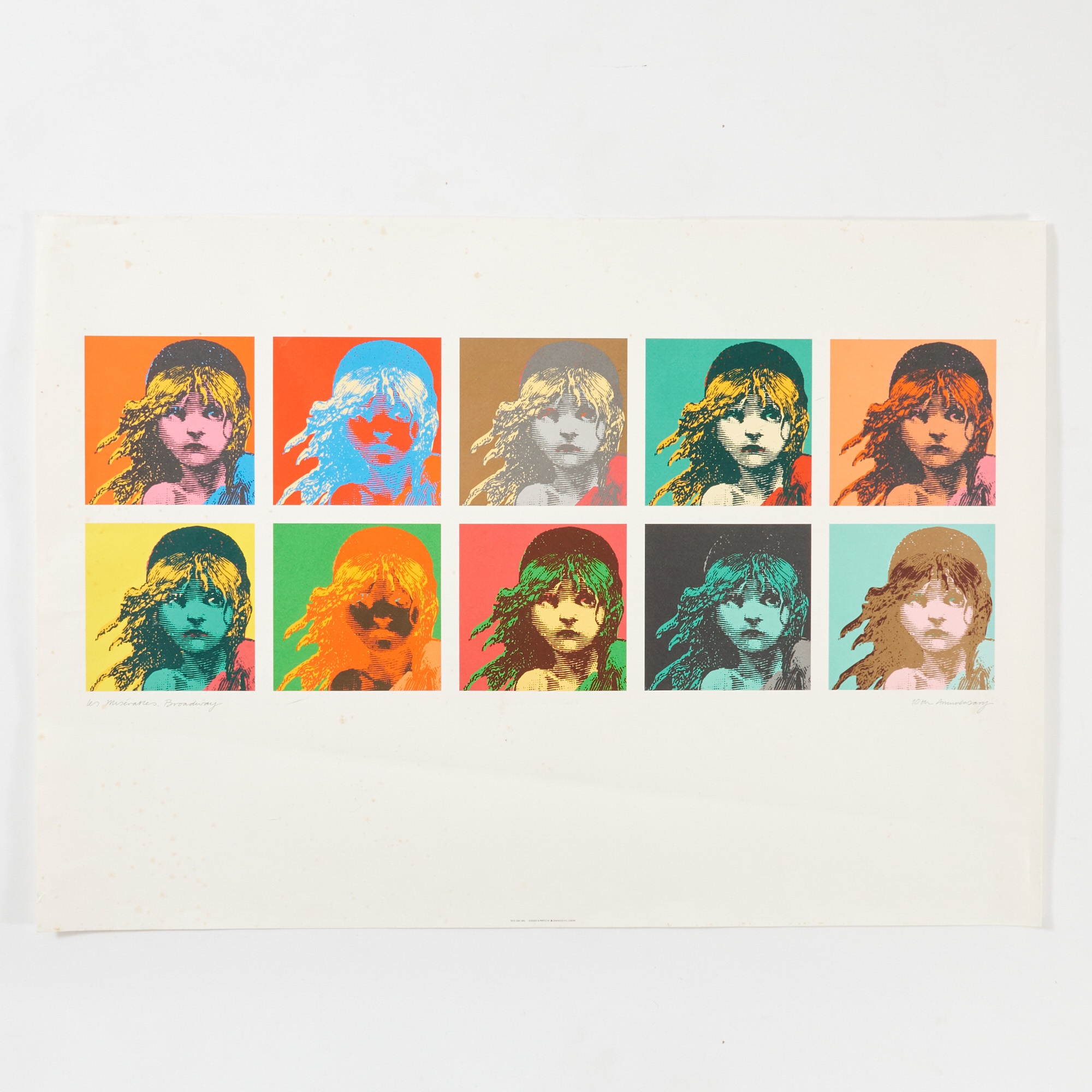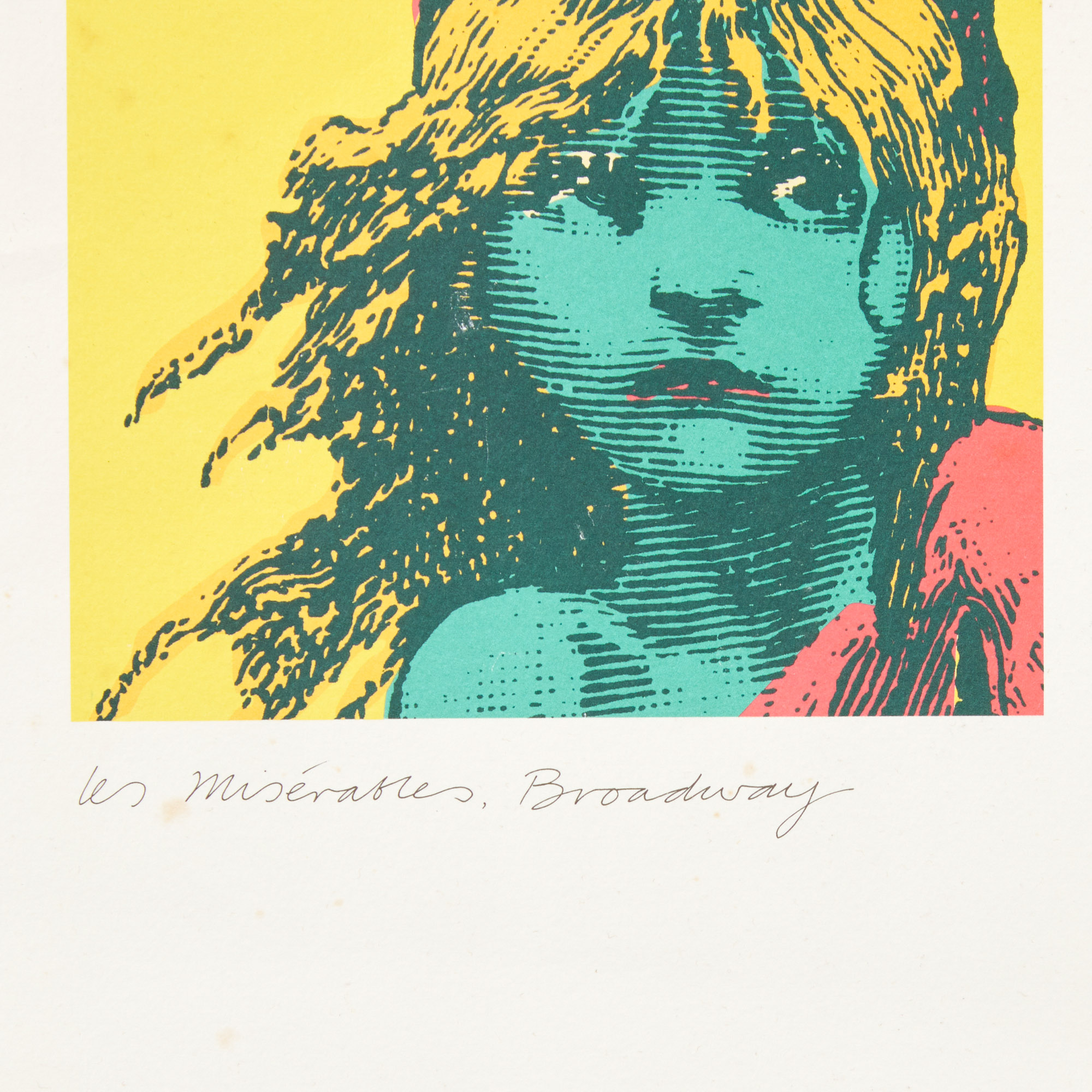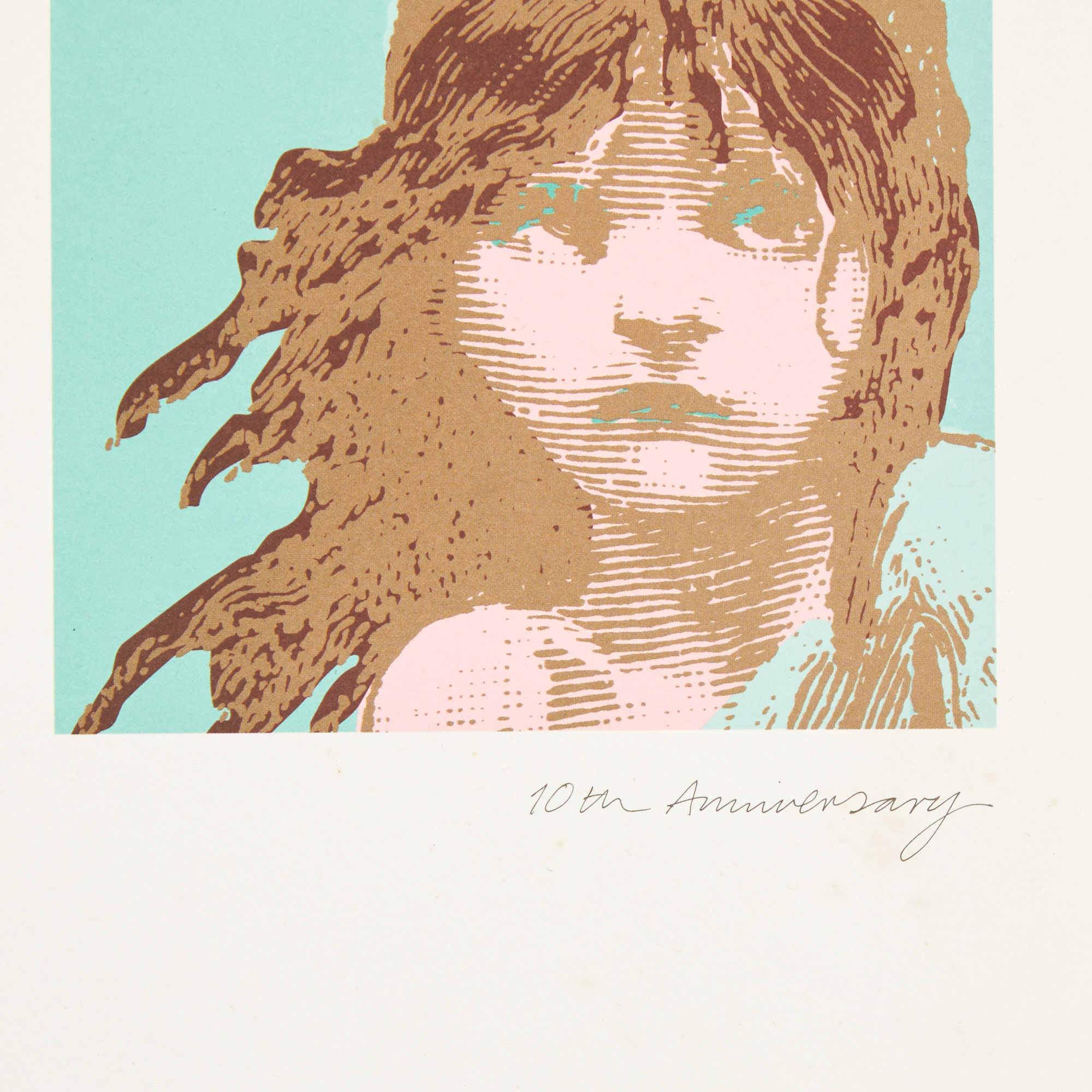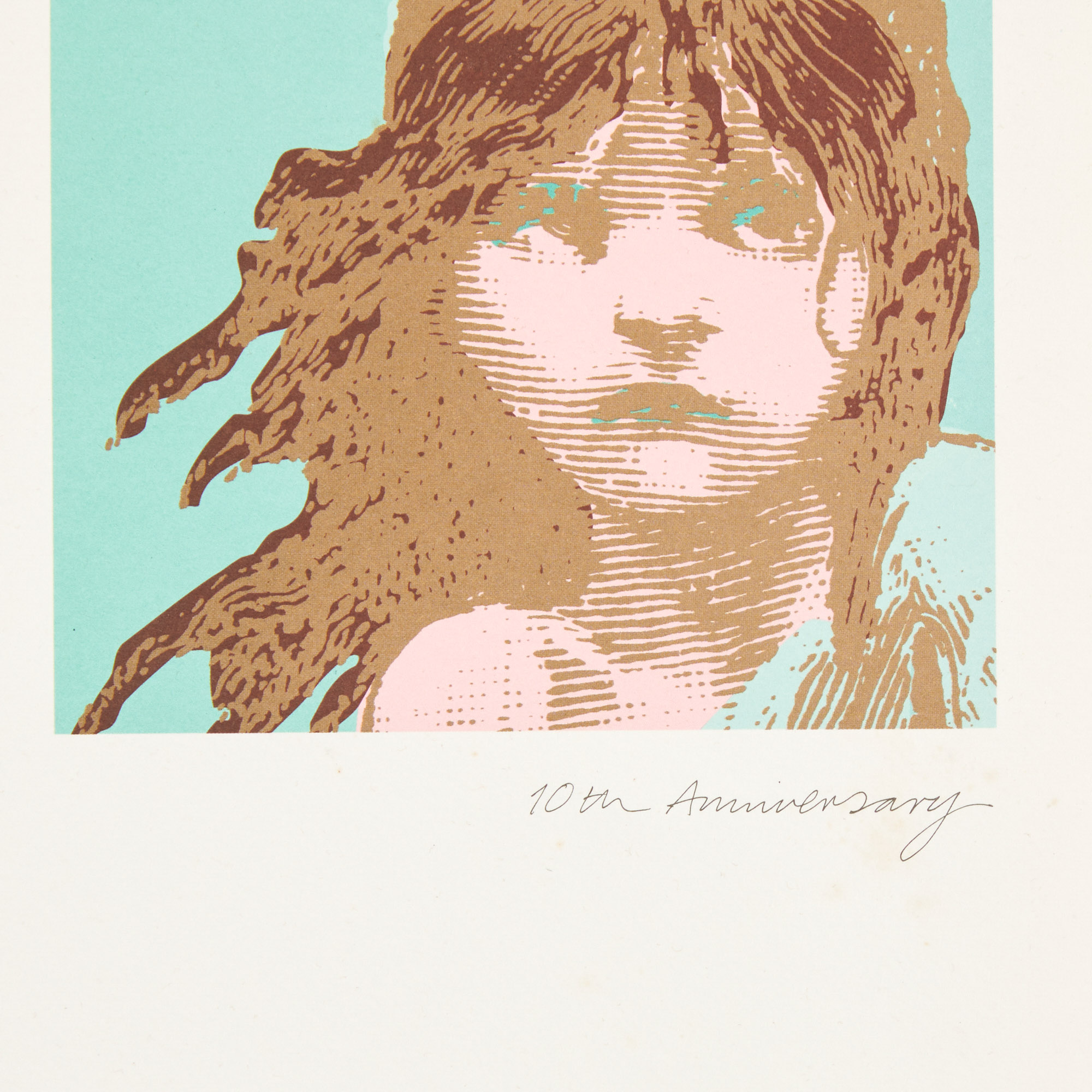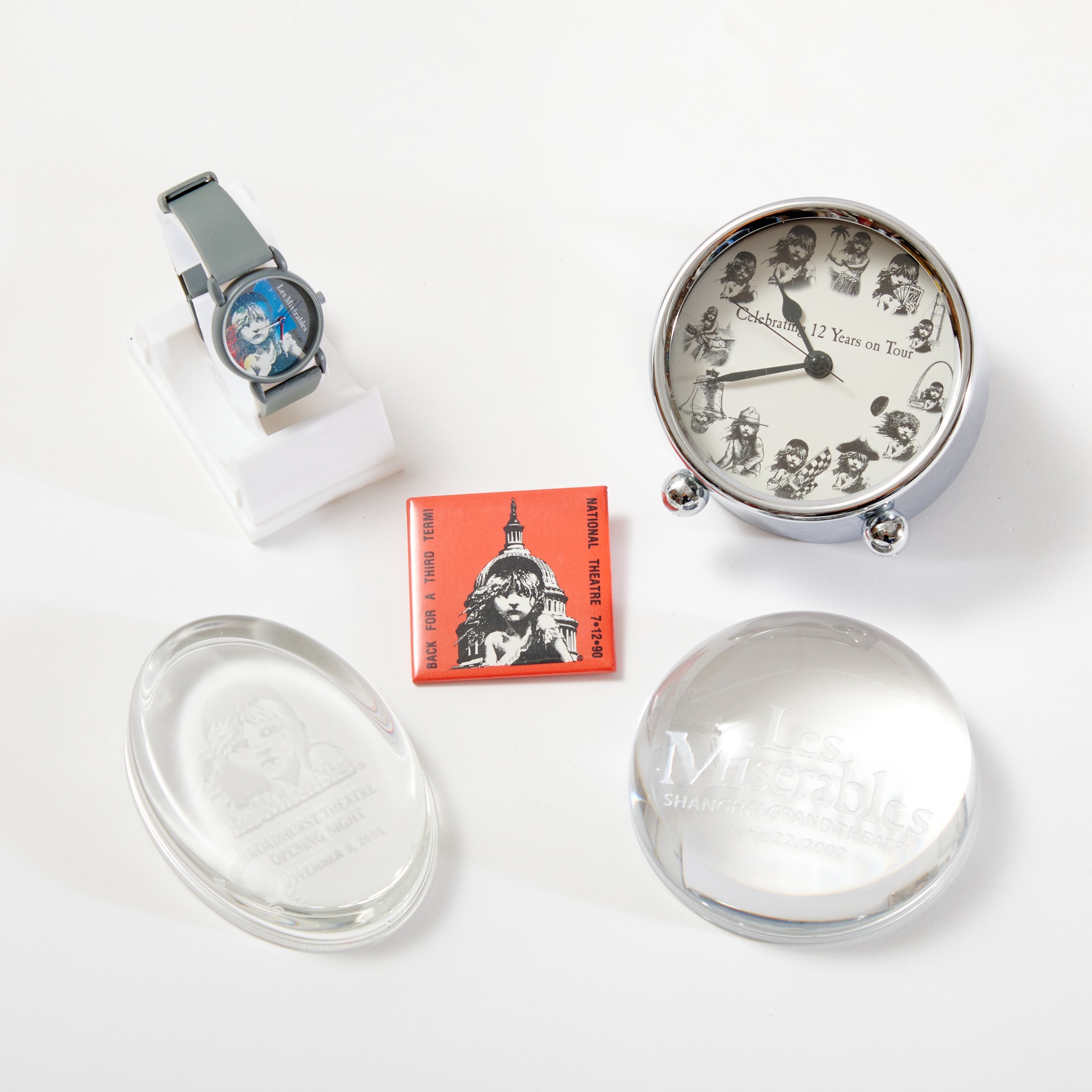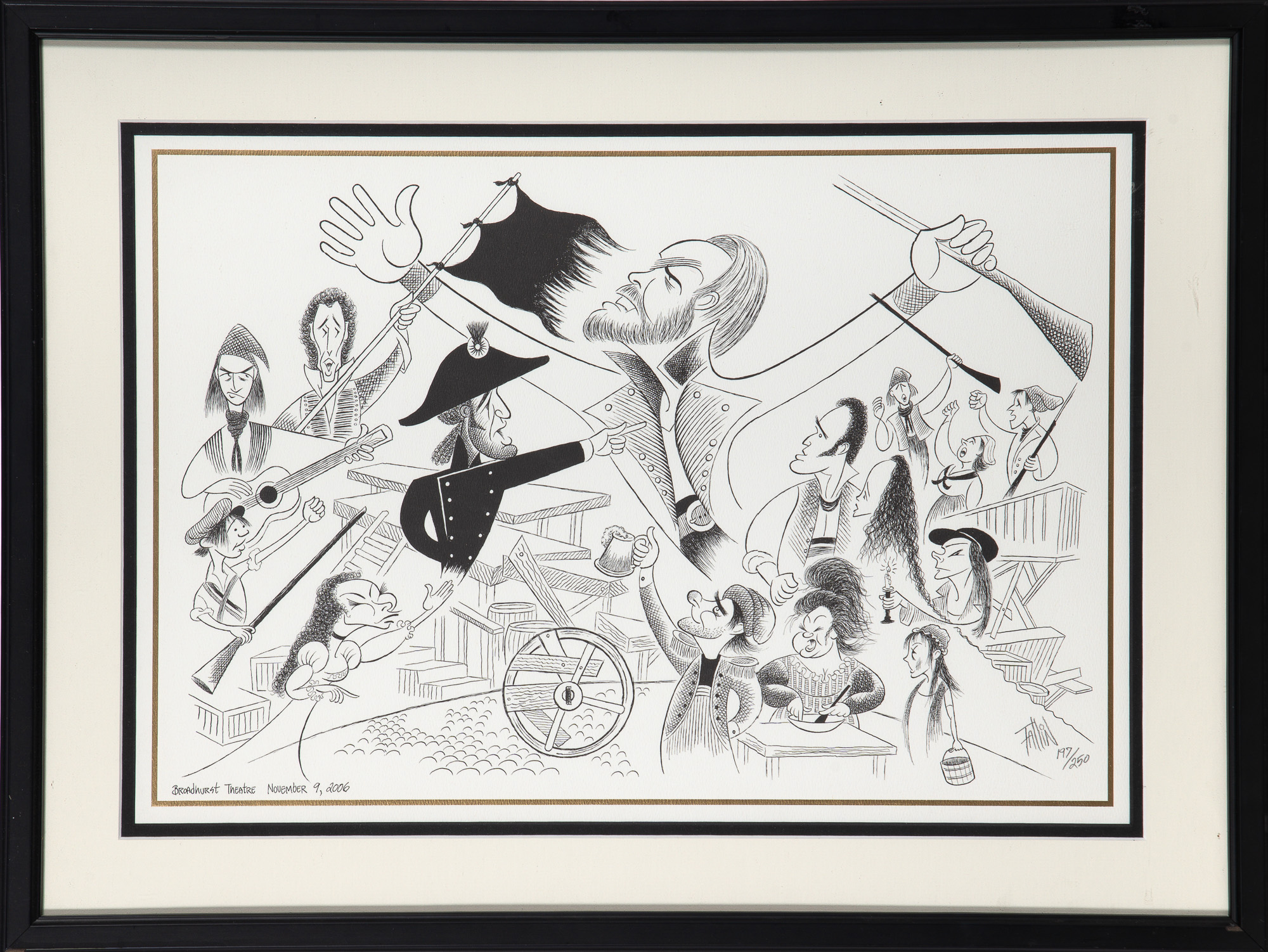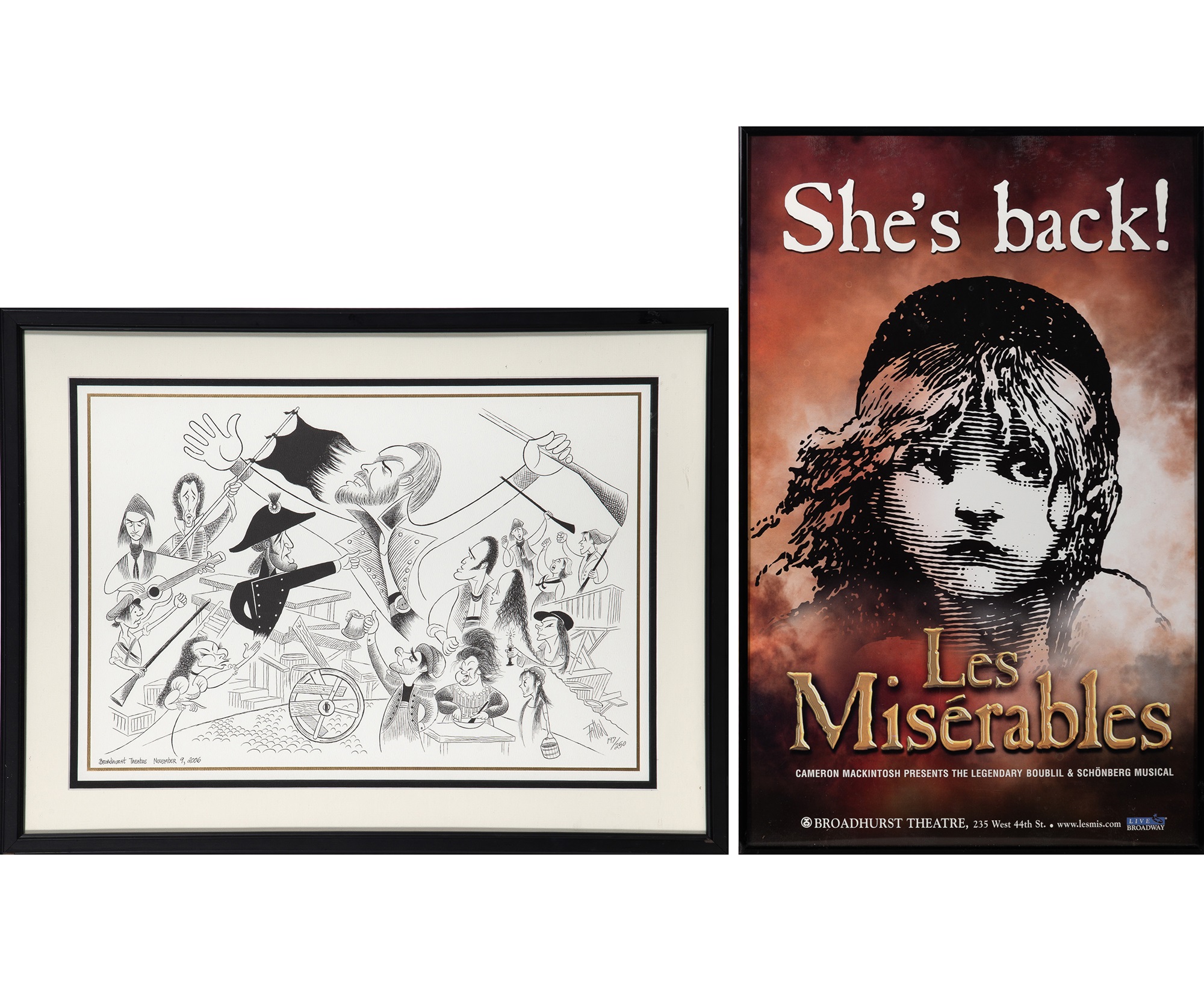Doyle New York does not guarantee that live Internet bidding will be uninterrupted or without error, or that Internet bids will be received. 1. BINDING TERMS The lots listed in this catalogue will be offered by Doyle New York as owner or as agent for consignor subject to the following terms and conditions. Where Doyle is agent, the contract is between seller and buyer. The following Conditions of Sale and Terms of Guarantee constitute the entire agreement with the purchaser relative to the property listed in this catalogue. By bidding at auction you agree to be bound by these terms: 2. AS IS All lots are sold "AS IS" and without recourse and neither Doyle New York nor its consignor makes any warranties or representations, express or implied, with respect to such lots, except for the limited warranties expressly stated in the Terms of Guarantee section of this catalogue. Prospective buyers are strongly advised to examine personally any property in which they are interested, before the auction takes place, to determine its condition, size, and whether or not it has been repaired or restored. Except as otherwise expressly and specifically provided in the Terms of Guarantee, neither Doyle New York nor its consignor makes any express or implied warranty or representation of any kind or nature with respect to merchantability, fitness for purpose, correctness of the catalogue or other description of the physical condition, size, quality, rarity, importance, medium, material, genuineness, attribution, provenance, period, culture, source, origin, exhibitions, literature or historical significance of any lot sold. The absence of any reference to the condition of a lot does not imply that the lot is in perfect condition or completely free from wear and tear, imperfections or the effects of aging; nor does a reference to particular defects imply the absence of others. References in the catalogue entry or the condition report to damage or restoration are for guidance only and should be evaluated by personal inspection by the bidder or a knowledgeable representative. The Terms of Guarantee are controlling, and no statement, whether written or oral, and whether made in this catalogue, an advertisement, a bill of sale, a salesroom posting or announcement, the remarks of an auctioneer, or otherwise, shall be deemed to create any warranty, representation or assumption of liability. All statements by Doyle New York in the catalogue entry for the property or in the condition report, or made orally or in writing elsewhere, are statements of opinion and are not to be relied on as statements of fact. Except as stated in the Terms of Guarantee, neither Doyle New York nor the seller is responsible in any way for errors or omissions in the catalogue or any supplemental material. Buyers are responsible for satisfying themselves concerning the condition of the property and the matters referred to in the catalogue entry. Doyle New York and its consignor make no warranty or representation, express or implied, that the purchaser will acquire any copyright or reproduction rights to any lot sold. Doyle New York expressly reserves the right to reproduce any image of the lots sold in this catalogue. The copyright in all images, illustrations and written material produced by or for Doyle New York relating to a lot, including the contents of this catalogue, is, and shall remain at all times, the property of Doyle New York and shall not be used by the buyer, nor by anyone else, without our prior written consent. 3. WITHDRAWAL Doyle New York reserves the right to withdraw any lot at any time prior to the commencement of bidding for such lot and shall have no liability whatsoever for such withdrawal. 4. RESERVES If the auctioneer decides that any opening bid is below the value of the lot offered, the auctioneer may reject that bid and withdraw the lot from sale; and if, having acknowledged an opening bid, he decides that any advance thereafter is insufficient, he may reject that advance. Unless otherwise indicated, all lots are offered subject to a reserve, which is the confidential minimum price below which such lot will not be sold. No reserve will exceed the low estimate of the lot. Reserves are agreed upon with the consignor or, in the absence thereof, in the absolute discretion of Doyle New York. Unless otherwise announced by the auctioneer, all bids are per lot as numbered in the catalogue. Lots marked C preceding the estimate are consigned and reserved. Those marked ? are reserved property in which Doyle New York has an interest. The auctioneer may implement the reserve by opening bidding on any lot by placing a bid on behalf of the seller. The auctioneer will not specifically identify bids placed on behalf of the seller. The auctioneer may further bid on behalf of the seller, up to the amount of the reserve, by placing successive or consecutive bids for a lot or by placing bids in response to other bidders. Unless otherwise noted in the catalogue or by an announcement at the auction, Doyle New York acts as agent on behalf of the seller and does not permit the seller to bid on his or her own property. 5. ESTIMATES Each lot in the catalogue is given a low and high estimate representing that range which, in the opinion of Doyle New York, represents a fair and probable auction value. When possible, the estimate is based on previous auction records of comparable property, condition, rarity, quality and provenances. The estimates are often determined several months before a sale and are therefore subject to change upon further research of the property, or to reflect market conditions or currency fluctuations. Estimates are subject to revision. Actual prices realized for items can fall below or above this range. An estimate of the selling price should not be relied on as a statement that this is the price at which the item will sell or its value for any other purpose. Estimates do not include the buyer's premium. Where "Estimate on Request" appears, please contact the Specialist Department for further information. 6. BIDDING Doyle New York reserves the right, at our complete discretion, to refuse admission to the premises or participation in any auction and to reject any bid, as well as the right to refuse to acknowledge any bidder. The highest bidder acknowledged by the auctioneer will be the purchaser. The auctioneer has the right at his absolute and sole discretion to advance the bidding in such a manner as he may decide, to withdraw or divide any lot, and to combine any two or more lots. In the event of error or dispute between bidders, or in the event of doubt on our part as to the validity of any bid, whether during or after the sale, the auctioneer has final discretion to determine the successful bidder, to continue the bidding, to cancel the sale, or to reoffer and resell the lot in dispute. If any dispute arises after the sale, the Doyle New York sale record shall be conclusive. 7. PURCHASER'S RESPONSIBILITY Title passes upon the fall of the auctioneer's hammer to the highest acknowledged bidder, subject to the conditions of sale set forth herein. Such bidder there upon assumes full risk and responsibility there for (including, without limitation, liability for or damage to frames and glass covering prints, paintings or other works). Although in our discretion we will execute orders or absentee bids or accept telephone bids as a convenience to clients who are not present at auctions, we are not responsible for any errors or omissions in connection therewith. When making a bid, a bidder is accepting personal liability to pay the purchase price as follows, unless it has been explicitly agreed in writing with Doyle New York before the commencement of the sale that the bidder is acting as agent on behalf of an identified third party acceptable to Doyle New York, and that Doyle New York will look only to the principal for payment: Beginning on January 1, 2024, auction purchases will be subject to a Buyer's Premium of 33% on the first $50,000 of the hammer price; 32% on the portion from $50,001 through $1,000,000; and 26% on the portion of the hammer price exceeding $1,000,000. Payment of each lot shall be made as follows: A cash deposit of not less than 25% of the purchase price (unless the whole purchase price is required at the sole discretion of Doyle New York) will be paid on the day of the auction. Deposits shall apply to all purchases made at this sale and not to any one particular lot. Prior to the sale, the buyer must provide us with his or her name and permanent address and, if so requested, details of the bank from which payment will be made. The balance of the purchase price, if any, will be paid not later than 5 pm one (1) day following the day of the auction. Such payment shall be made in U.S. dollars by certified or cashier check drawn on a U.S. bank unless other arrangements are made with Doyle New York. The buyer will not acquire title to the lot until we have received all amounts due to us from the buyer in good cleared funds even in circumstances where we have released the lot to the buyer. Doyle New York reserves the right to hold merchandise purchased by personal check until the check has cleared the bank. The purchaser agrees to pay Doyle New York a handling charge of $35 for any check dishonored by the drawee. At some auctions there may be a video or digital screen. Errors may occur in its operation and in the quality of the image, and Doyle New York does not accept liability for such errors. Any objects offered at this auction which contain materials from a species that is endangered or protected, including, but not limited to, ivory, coral and tortoiseshell, may require a license or certificate prior to exportation from the United States or an individual state and additional certificates or licenses for importation into another state or country. Some materials may not be exported, imported into other states or countries or resold. It is the purchaser's responsibility to be aware of applicable laws and regulations and to obtain any required export or import licenses or certificates and any other required documentation. Further, the purchaser shall be responsible for on-time payment of the full purchase price of the lot, even if the obtaining of any such license is denied or delayed. Doyle assumes no liability for failing to identify materials from endangered or protected species or for incorrectly identifying such materials. 8. REMEDIES AVAILABLE TO DOYLE NEW YORK In addition to the other remedies available to us by law, we reserve the right to impose a late charge of 1 1/2% per month of the total purchase price if payment is not made in accordance with the conditions set forth herein. All property must be removed from our premises by the purchaser at their expense not later than (2) business days following its sale and, if it is not removed, Doyle New York reserves the right to charge a minimum storage fee of $5 per lot per day or to deliver the property to a public warehouse for storage at the purchaser's expense, to be released only after payment in full of all removal, storage, handling, insurance and any other costs incurred, together with payment of all other amounts due to us. Doyle New York shall have no liability for any damage to property left on its premises for more than (2) days following the sale. If any applicable conditions herein are not complied with by the purchaser, in addition to other remedies available to us and the consignor by law, including without limitation the right to hold the purchaser liable for the total purchase price, including all fees, charges and expenses more fully set forth herein, we shall be entitled in our absolute discretion to exercise one or more of the following rights or remedies: a) To charge interest at such rate as we shall reasonably select; b) To hold the defaulting buyer liable for the total amount due and to commence legal proceedings for its recovery together with interest, legal fees and costs to the fullest extent permitted under applicable law; c) Cancel the sale of that, or any other lot or lots sold to the defaulting purchaser at the same or any other auction, retaining as liquidated damages all payments made by the purchaser; d) Resell the property whether at private sale or public auction without reserve, and the purchaser will be liable for any deficiency, cost, including handling charges, the expenses of both sales, our commission on both sales at our regular rate, all other charges due hereunder and incidental damages; e) To set off the outstanding amount remaining unpaid by the buyer against any amounts which we may owe the buyer in any other transactions; f) Where several amounts are owed by the buyer to us, in respect of different transactions, to apply any amount paid to discharge any amount owed in respect of any particular transaction, whether or not the buyer so directs; g) To reject at any future auction any bids made by or on behalf of the buyer or to require a deposit from the buyer before accepting any bids; h) To take such other actions as we deem necessary or appropriate; or i) To effect any combination thereof. In addition, a defaulting purchaser will be deemed to have granted and assigned to us a continuing security interest of first priority in, and we may retain as collateral security for such purchaser's obligations to us, any property or money of or owing to such purchaser in our possession. We shall have all of the rights accorded a secured party under the New York Uniform Commercial Code with respect to such property and we may apply against such obligations all monies held or received by us for the account of, or due from us, to such purchaser. At our option, payment will not be deemed to have been made in full until we have collected funds represented by checks, or in the case of bank or cashier's checks, we have confirmed their authenticity. In the event the purchaser fails to pay any or all of the total purchaser price for any lot and Doyle New York nonetheless elects to pay the consignor any portion of the sale proceeds, the purchaser acknowledges that Doyle New York shall have all of the rights of the consignor to pursue the purchaser for any amounts paid to the consignor, whether at law, in equity, or under these Conditions of Sale. 9. LIMITED LIABILITY If for any cause a purchased lot cannot be delivered in as good condition as at the time of sale, or should any purchased lot be stolen or mis-delivered or lost prior to delivery, Doyle New York shall not be liable for any amount in excess of that paid by the purchaser. We are not responsible for the acts or omissions of carriers or packers of purchased lots, whether or not recommended by us. Packing and handling of purchased lots by us is at the entire risk of the purchaser and Doyle New York will have no liability for any loss or damage to such items. 10. DOYLE NEW YORK EMPLOYEES Employees of Doyle New York are not prohibited from bidding on property. In the course of their employment it is possible that they may have access to information not available to the public. 11. Doyle New York on occasion makes loans or advances funds to consignors. 12. WAIVER OF CONDITIONS Any and all of these conditions may be waived or modified in the sole discretion of Doyle New York. The Conditions of Sale, Terms of Guarantee, the glossary, if any, and all other contents of this catalogue are subject to amendment by us by oral announcements made during the sale. Salesroom notices amend the catalogue description of a lot after our catalogue has gone to press. They are posted in the viewing galleries and salesroom or are announced by the auctioneer. Please take note of them. 13. All measurements and weight are approximate. Doyle New York is not responsible for damage of glass covering paintings, drawings and other works or frames regardless of cause. 14. If any part of these Conditions of Sale is found by any court to be invalid, illegal or unenforceable, the balance of the conditions shall continue to be valid to the fullest extent permitted by law. 15. The rights and obligations of the parties with respect to these Conditions of Sale and Terms of Guarantee, as well as the purchaser's and our respective rights and obligations hereunder, the conduct of the auction and any matters connected with any of the foregoing, shall be governed and interpreted by the laws of the State of New York. By bidding at auction, whether present in person or by agent, by written bid, telephone or other means, the buyer shall be deemed to have submitted, for the benefit of Doyle New York, to the exclusive jurisdiction of the federal or state courts located in the state and county of New York and waives any objection to the jurisdiction and venue of any such court. CONTRACT By bidding via Artfact/Invaluable Live/eBay you agree to be bound by the terms and conditions of sale. PAYMENT We accept bank transfers, checks or money orders. SHIPPING Doyle New York does not pack or ship. Shipping is the responsibility of the buyer. Upon request, our Client Services Department will provide a list of shippers who deliver to destinations within the United States and overseas. BUYER'S PREMIUM Beginning on January 1, 2024, auction purchases will be subject to a Buyer's Premium of 28% on the first $50,000 of the hammer price; 27% on the portion from $50,001 through $1,000,000; 21% on the portion from $1,000,001 through $4,000,000; and 15% on the portion of the hammer price exceeding $4,000,000. TAXES Applicable sales tax will also be added to the final total. New York Sales tax is charged on the hammer price, buyer's premium and any other applicable charges on any property picked up or delivered in New York State, regardless of the state or country in which the purchaser resides or does business. CONDITION REPORTS The absence of a condition statement does not imply that the lot is in perfect condition or completely free from wear and tear, imperfections or the effects of aging. Any condition statement is given as a courtesy to a client, is only an opinion and should not be treated as a statement of fact. Doyle New York shall have no responsibility for any error or omission.


































